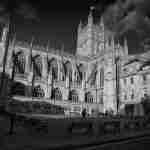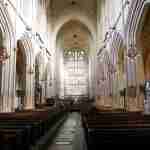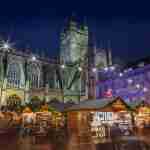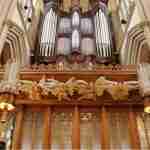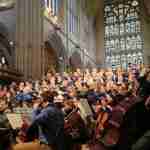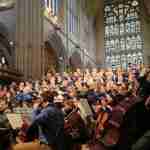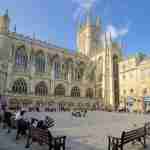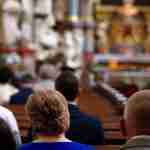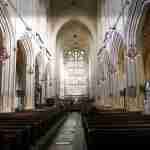As the history of this sacred place stretches as far back as Anglo-Saxon times, there is a great deal to discover: tales of Kings and Queens, saints and sinners, as well as stories of ordinary people. Our timeline below gives an overview of the Abbey's history or you can read about people who have been involved with and influenced the Abbey over the years in our People and Stories.
-
675AD
-
757AD
-
781AD
-
973AD
-
980AD
-
1088AD
-
1244AD
-
1499AD
-
1539AD
-
1572AD
-
1573AD
-
1620AD
-
1833AD
-
1836AD
-
1844AD
-
1863AD
-
1899AD
-
1919AD
-
1929AD
-
1942AD
-
1948AD
-
1951AD
-
1960AD
-
1973AD
-
1991AD
-
2010AD
-
2023AD

